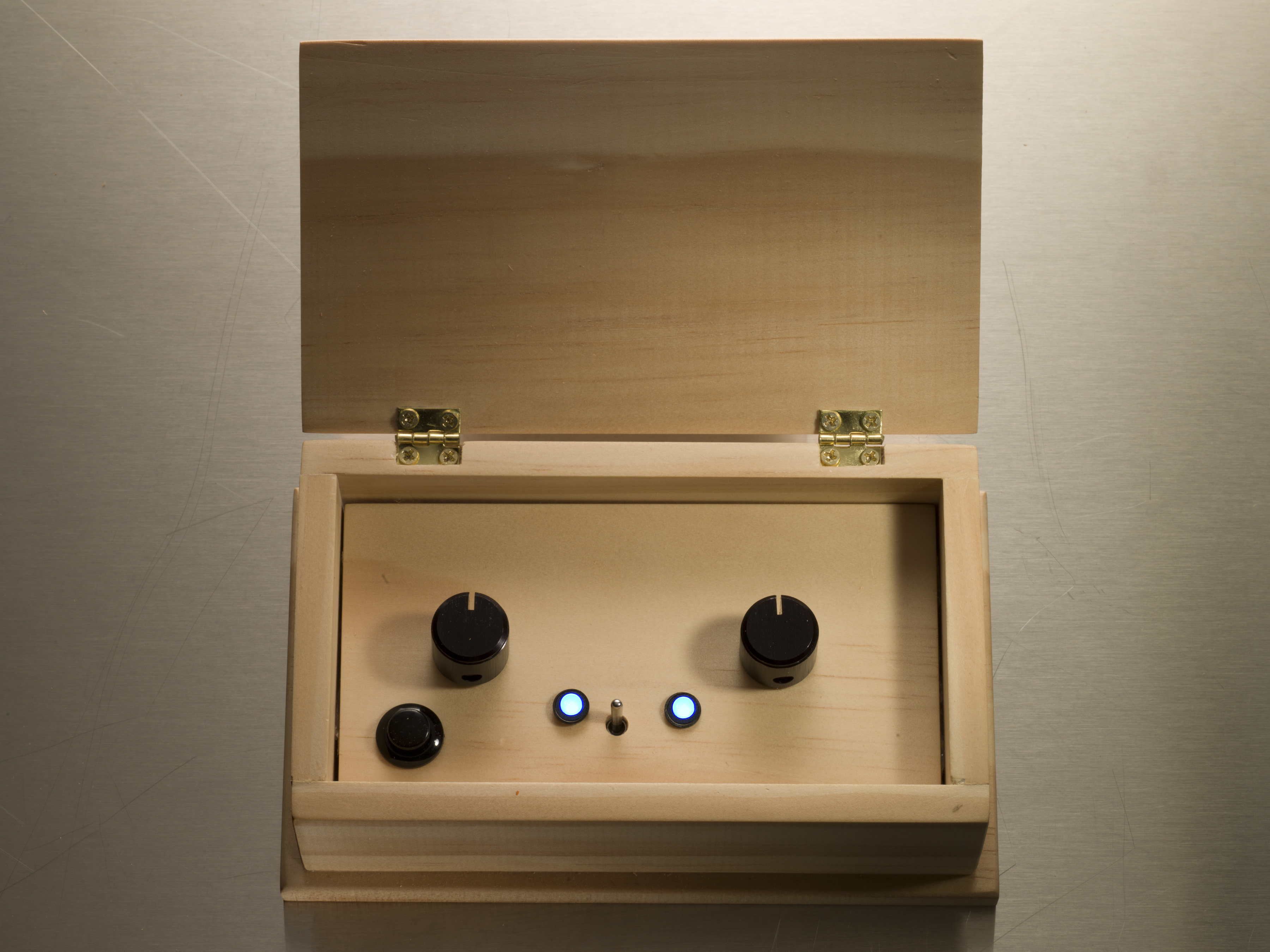The Luna Mod is an easy and fun instrument that will have you making great-sounding loops in no time. Rather than sampling input like a traditional loop station, the Luna Mod synthesizes its own sounds, and you play it using two knobs and one button.
I based the Luna Mod on the Wicks Looper, which I sell on Etsy, but it’s designed to be even simpler to build and play, without any complicated functions that would never get used. One knob controls the sound generated, the other controls the tempo of the loop, and the button writes the current sound into the ongoing loop. The variety of sounds you can get from these three controls is amazing.
You don’t need any special or expensive tools to build the Luna Mod, and it was designed for hackability. Its handy, built-in programming port lets you easily upload new firmware to the microcontroller chip, in order to change the sounds the instrument produces and which variables are tied to which controls.
Check out more Weekend Projects.


